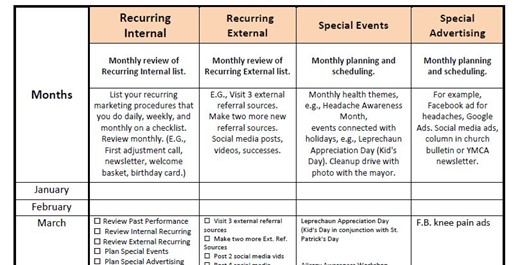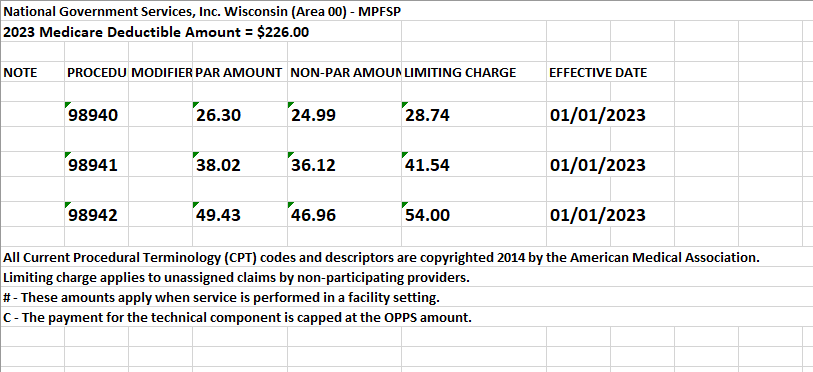It is the ‘follow through’ that makes the great difference between ultimate success and failure, because it is so easy to stop. — Charles Kettering

Failure to Follow Through
If it worked once it probably will work again
There is a management disease that many businesses, including chiropractic and other health practices, can suffer from. It is called “Failure to Follow Through.”
I noticed this at one of the first offices I worked with in Northern California – years ago. Their numbers were down. When I visited their office on a hot summer day, the reception room was empty, and few patients were scheduled. I noticed they had a thick binder of photos of patients and staff on the lower shelf of a dusty bookcase. The photos showed happy staff, doctors, and patients. There were also patient success testimonials, several years old.
We all met together for a staff meeting. I asked the doctor and staff if they could name a few specific actions they did back then. I said, “let’s start with marketing.”
Well, it turned out that they ran advertisements for a bi-yearly promotion. So I asked if they had done this in the last few years. “No” was their answer.
“What else were you doing at the time,” I asked. They said they always discussed financial and scheduling arrangements away from the front desk. Are you doing that now? “No.”
What else were you doing during that time? “We used to call the new patient after the first adjustment.” They also did progress exams. “Doing it now?” “No.”
The list went on and on.
Being the brilliant practice management scientist that I am, I encouraged them to re-implement what they had been doing. They did, and a few months later, the office was filling up again.
Practice Management
If it worked once, it probably will work again. Make minor improvements as needed, but why change the system if it is working?
Well, you can get bored, right? Or a staff member who knew the system left and their duties were not replicated by someone else. Or, everyone gets bored, so you feel the need to change things to bring excitement back into the office, and key procedures quietly start disappearing.
Discontinuing your successful procedures can create a roller coaster ride for your practice, with numbers going up and then down. And this can cost you thousands, even tens of thousands of dollars.
A checklist of successful procedures is essential, but that is not enough. They need to be reviewed regularly.
That, too, is not enough. We need to keep the practice environment fresh and lively while still maintaining those activities that are helping us grow and develop. We are not on an assembly line, and we are not robots!
I cover this in my book, The Goal Driven Business. (See Goal Driven Principle #17, Goals, Games, Groundhog Day). This is part of the Goal Driven System of practice development and includes checklists, reviews and coaching, and other components, such as gamification.
Gamification is a new term for an old principle: we like to play games! As video games became more prevalent, businesses saw that they could adapt elements of gamification to help engage employees and customers. Nothing new, really.
To make your office feel new again, you can think of a new promotion for this summer or new colors to paint the office. Spend a morning reviewing your goals, mission, and policies, and then go to a spa for a reward! One office creates a health theme each year and makes t-shirts promoting the theme for staff and patients.
Keep it fun — but stick to your winning ways.
Patient Management
ALSO… like practice management, patient management can also be affected by failure to follow through. Your patients need help to adhere to their treatment plan to achieve their health goals.
Stick-to-itiveness is simply being true to our goals.
Make improvements along the way and keep it fun. But help each other and your patients follow through.
Your goals are waiting for you!
Ed


 Effective leaders are, first and foremost, good teachers.
Effective leaders are, first and foremost, good teachers. How to be happier and more prosperous
How to be happier and more prosperous








 Gratitude is not only the greatest of virtues, but the parent of all others.
Gratitude is not only the greatest of virtues, but the parent of all others.
 Working with different offices, we are always reminded of the fundamentals that apply universally. For example…
Working with different offices, we are always reminded of the fundamentals that apply universally. For example…

